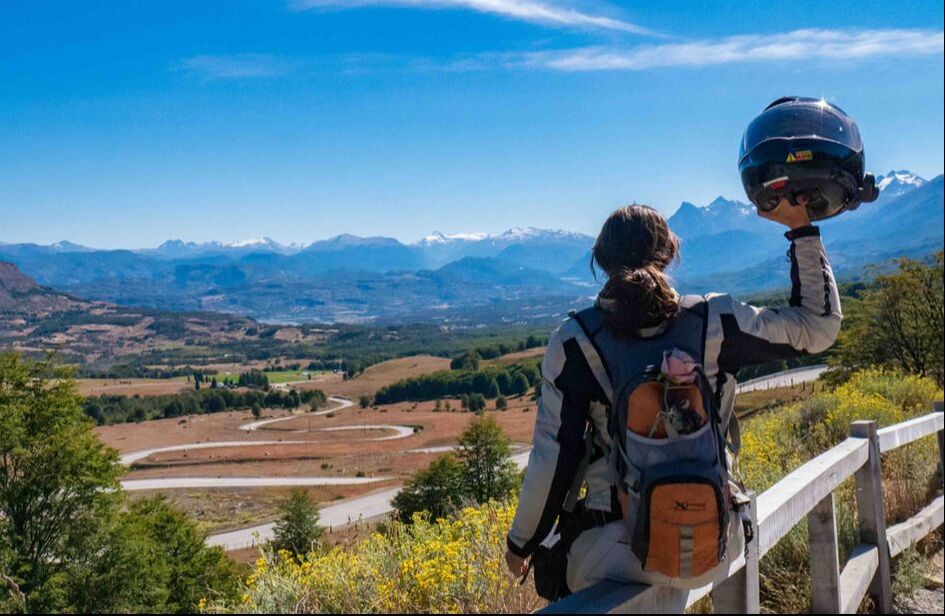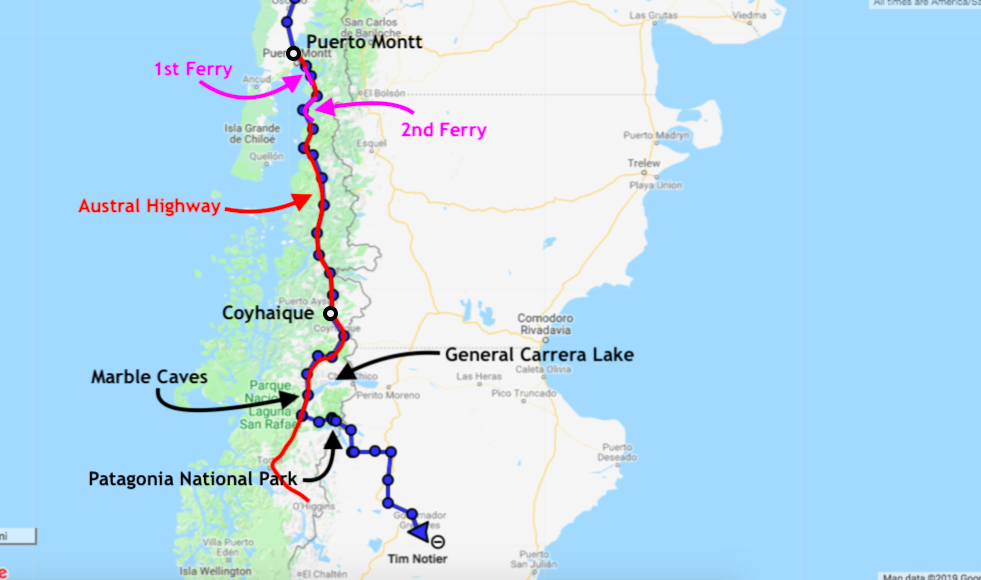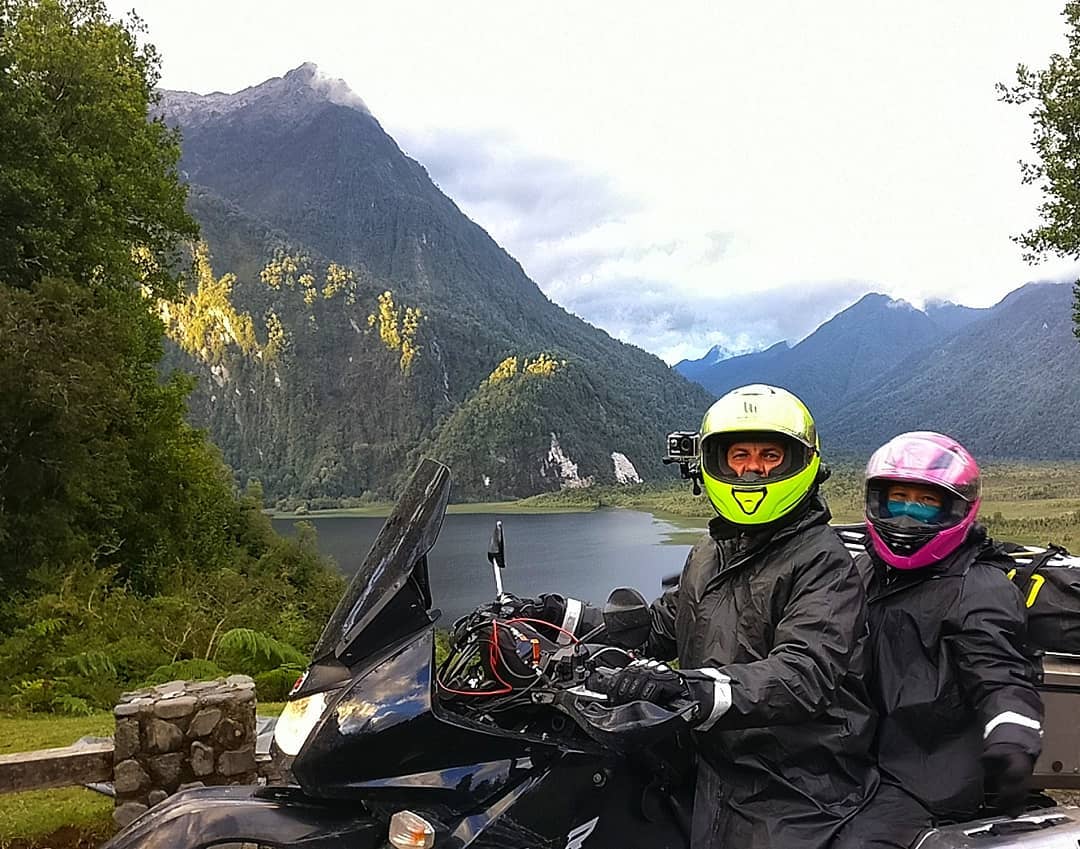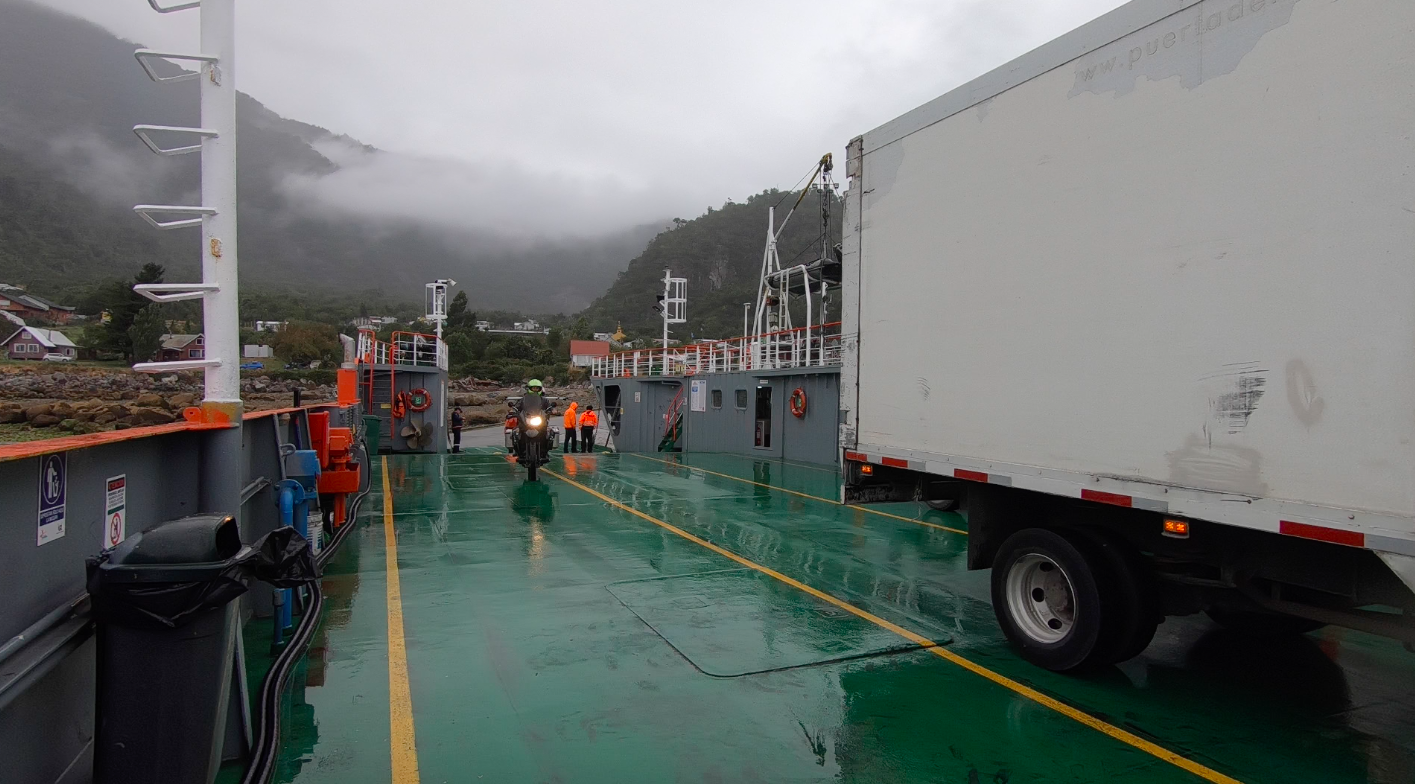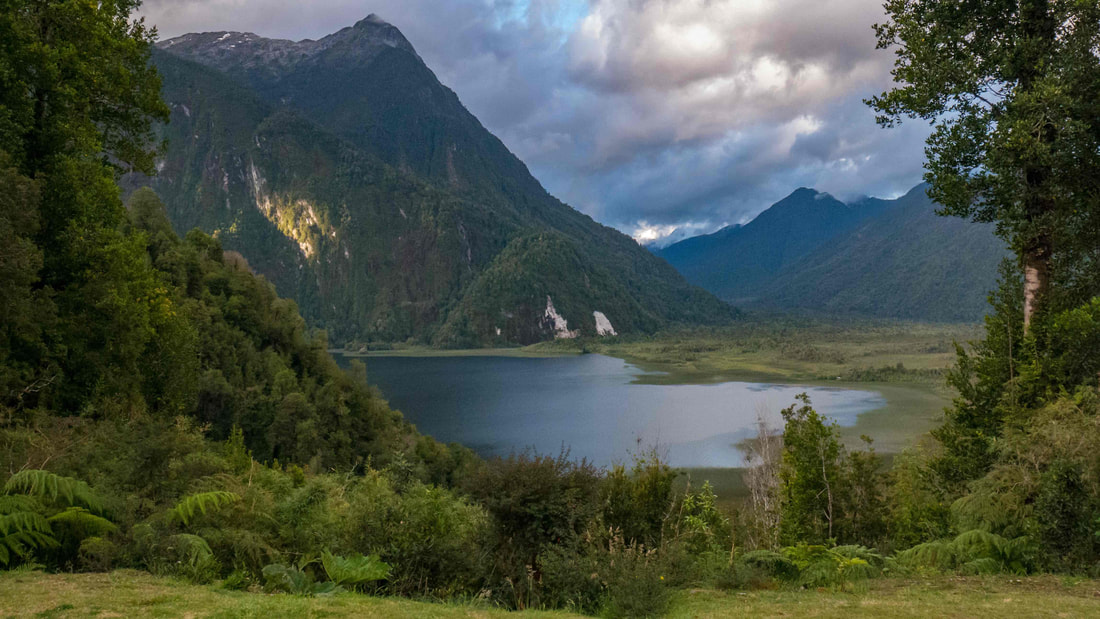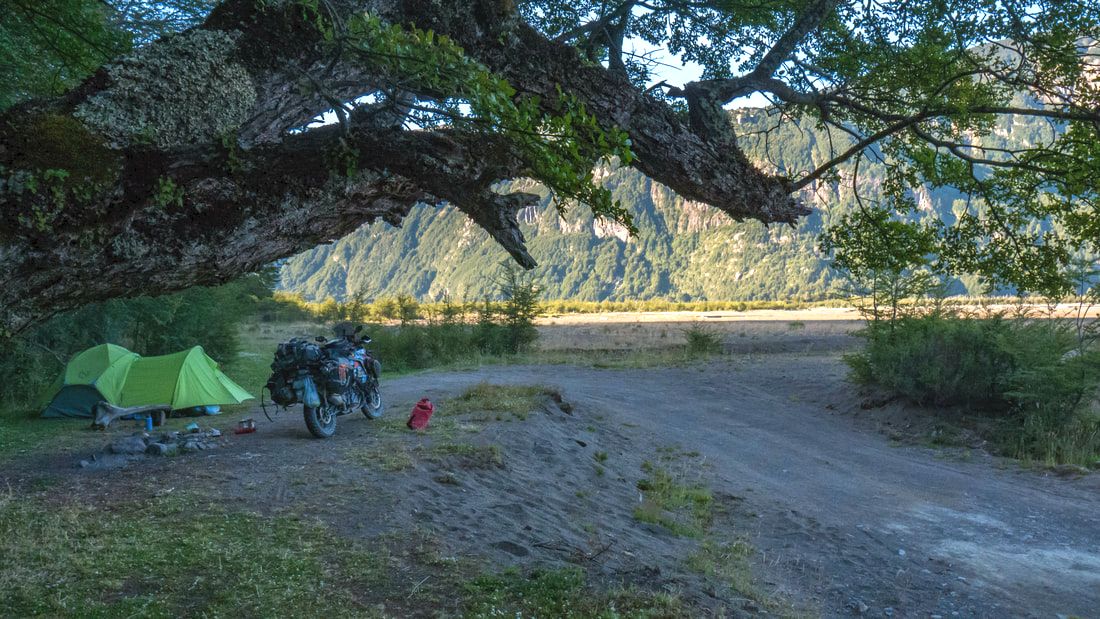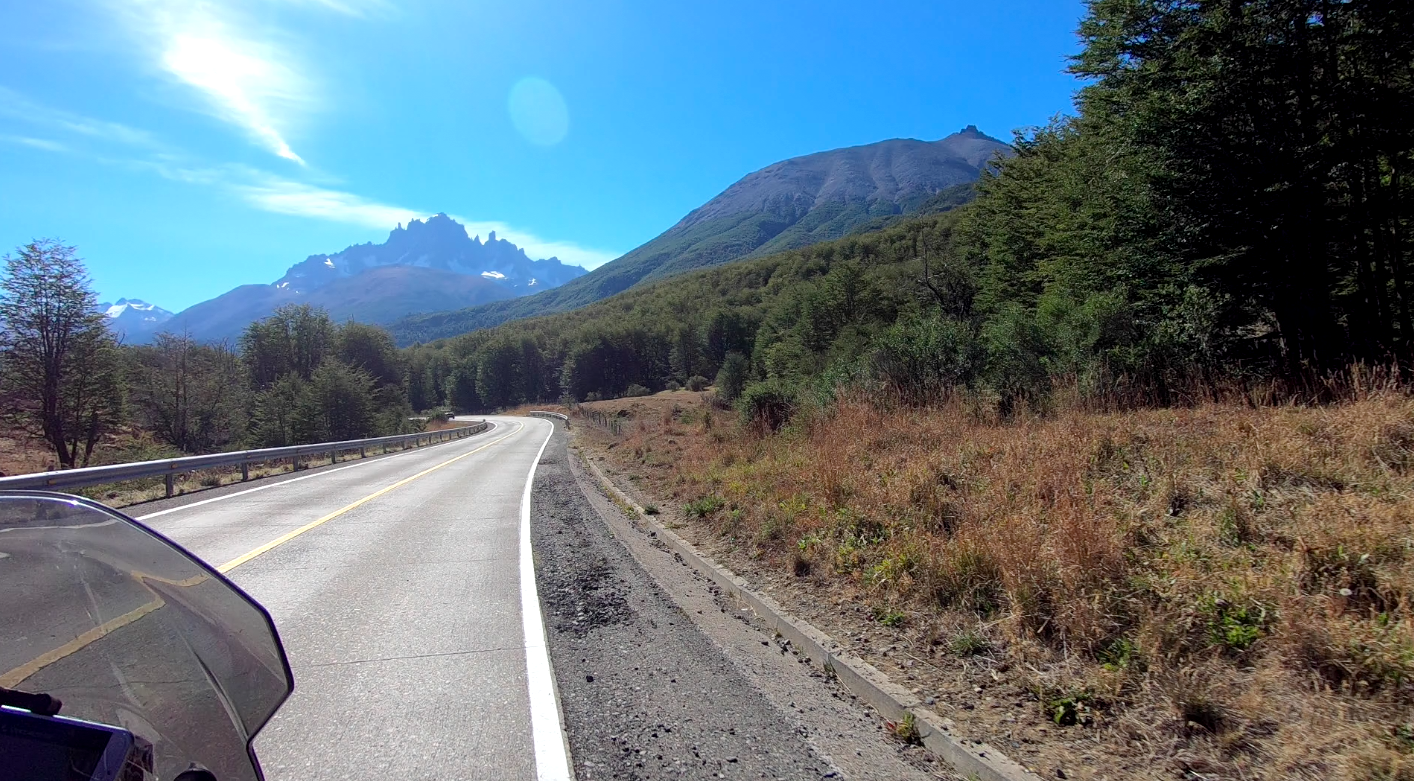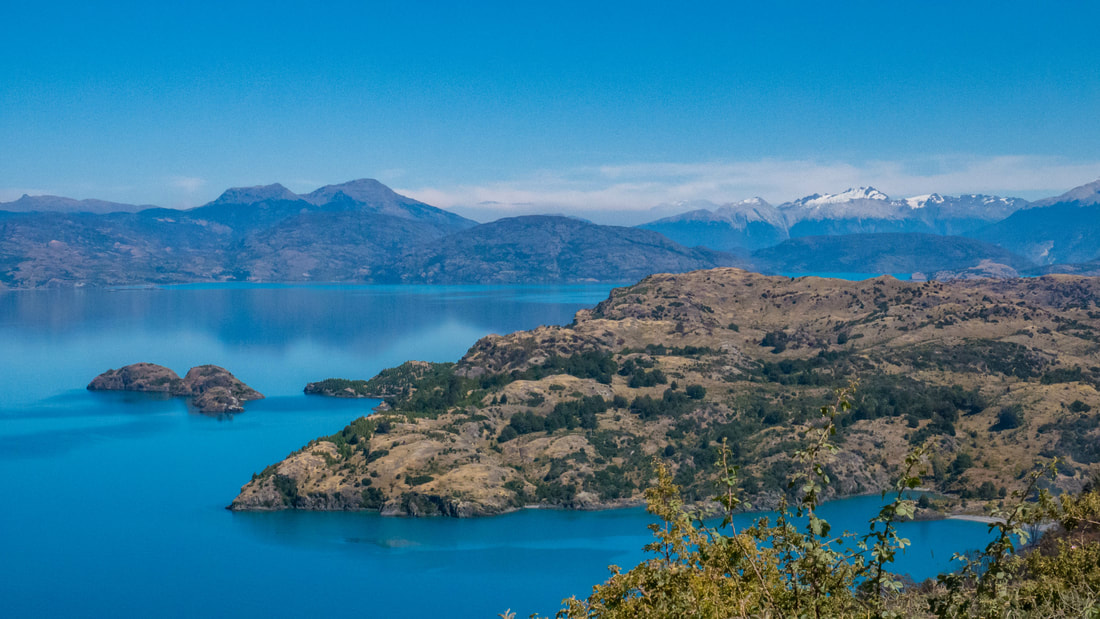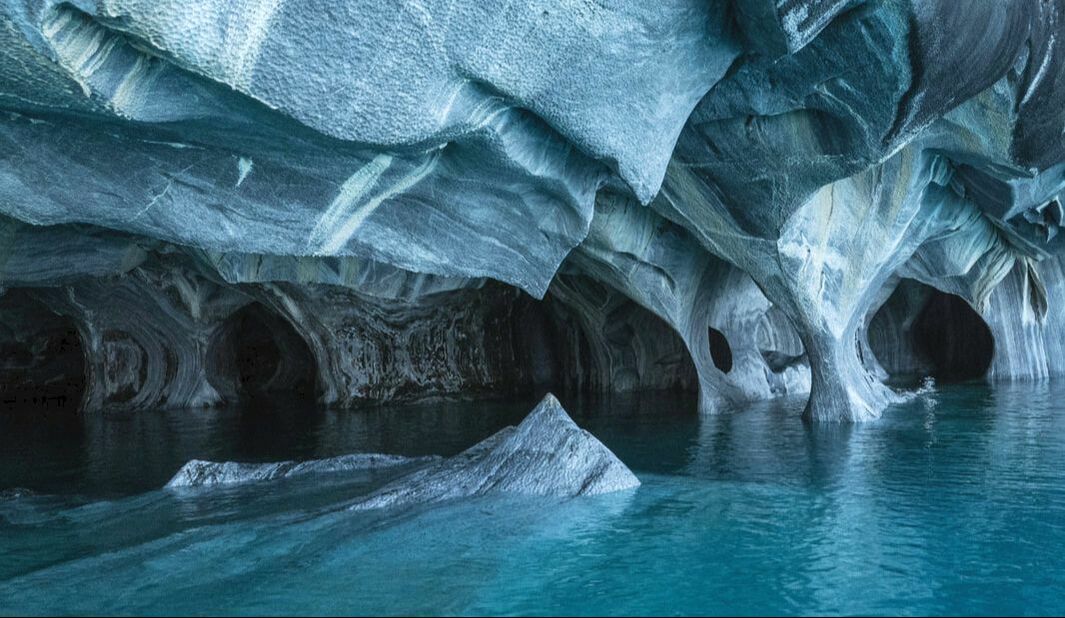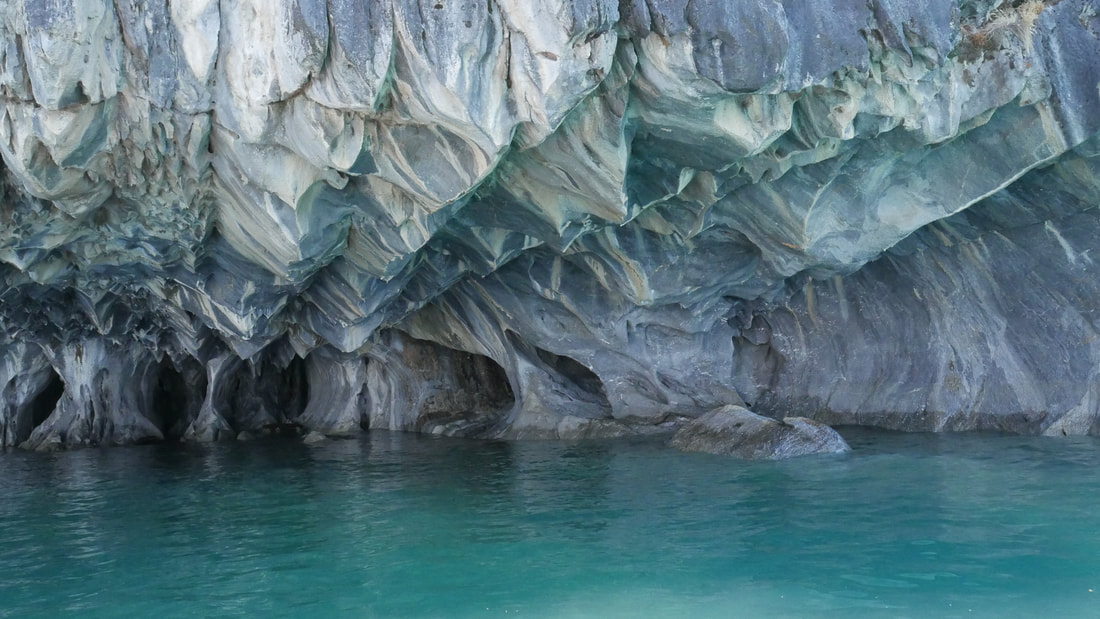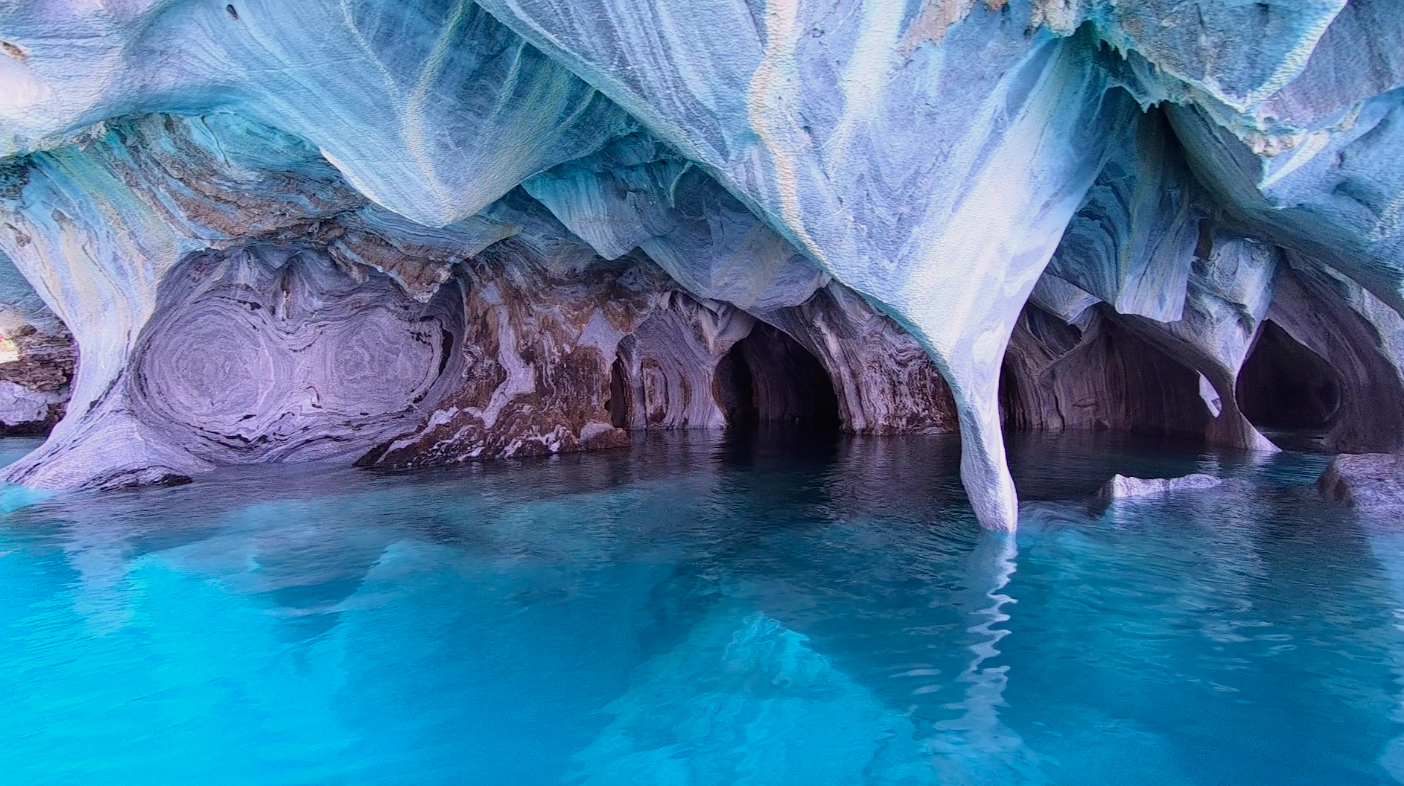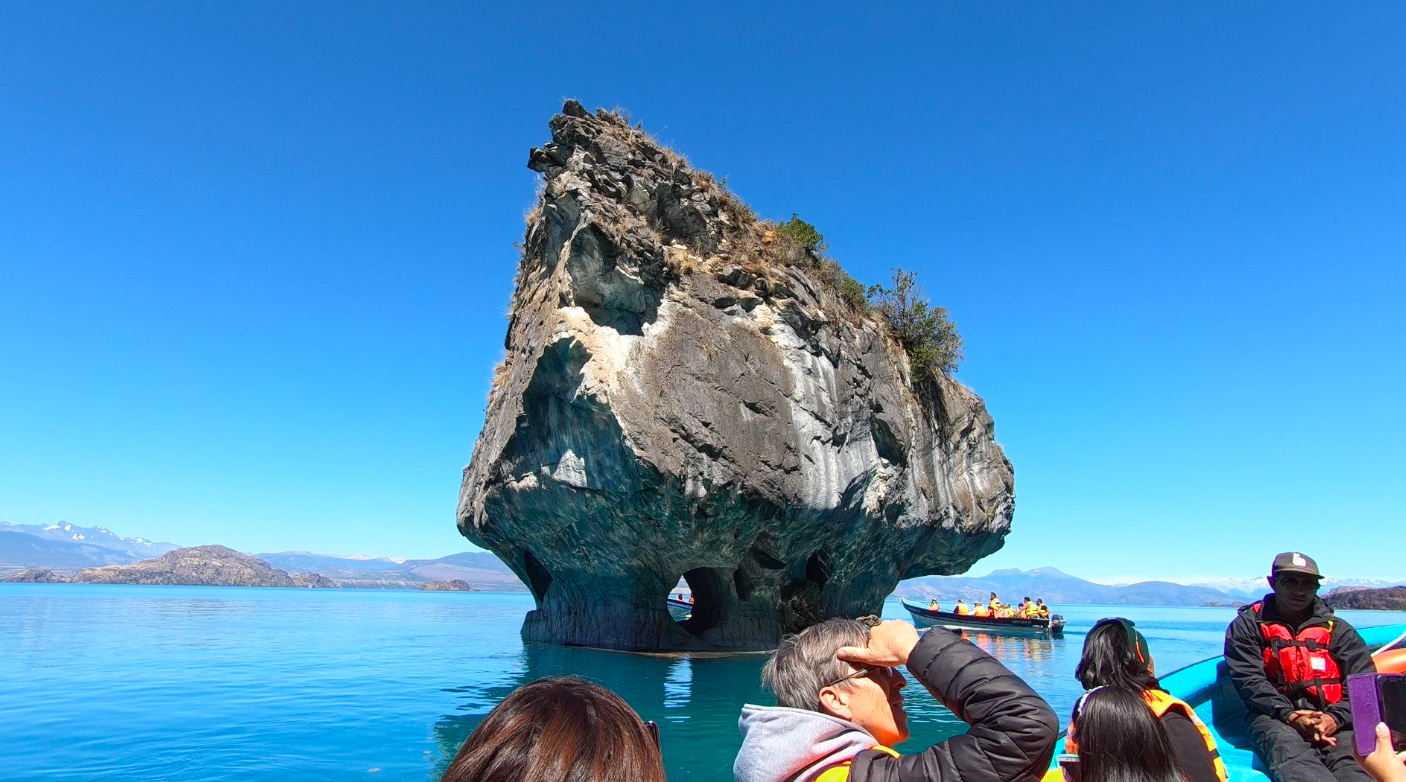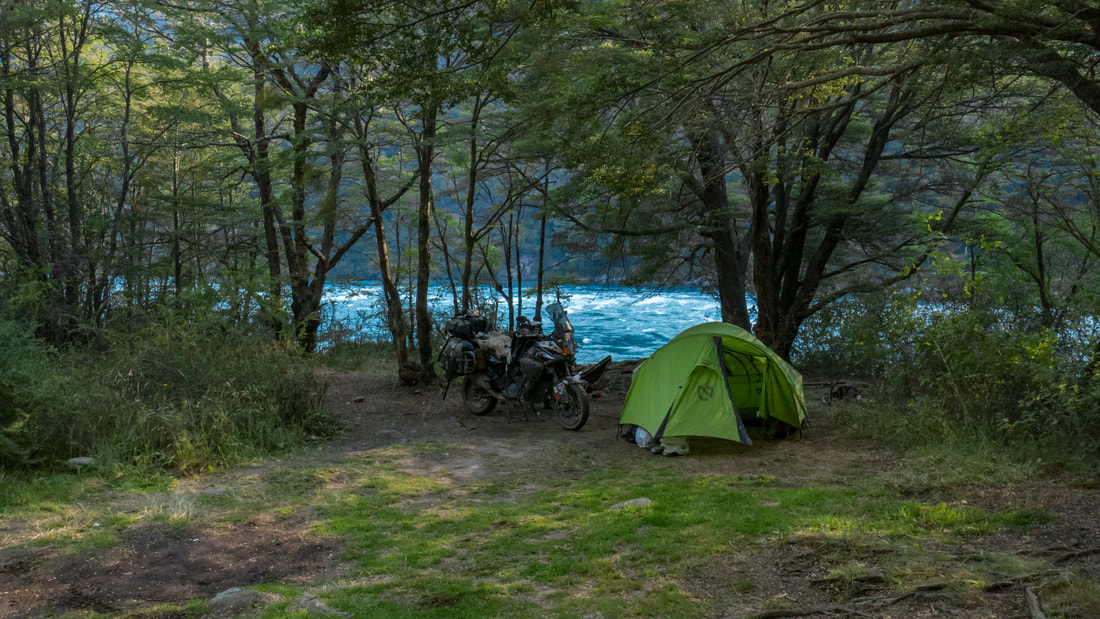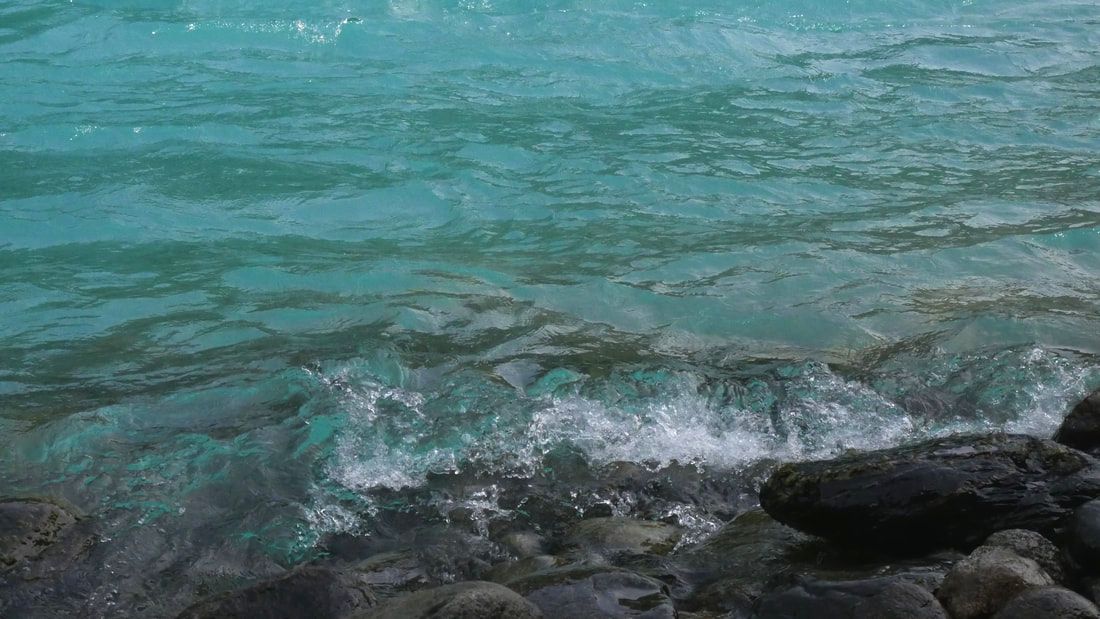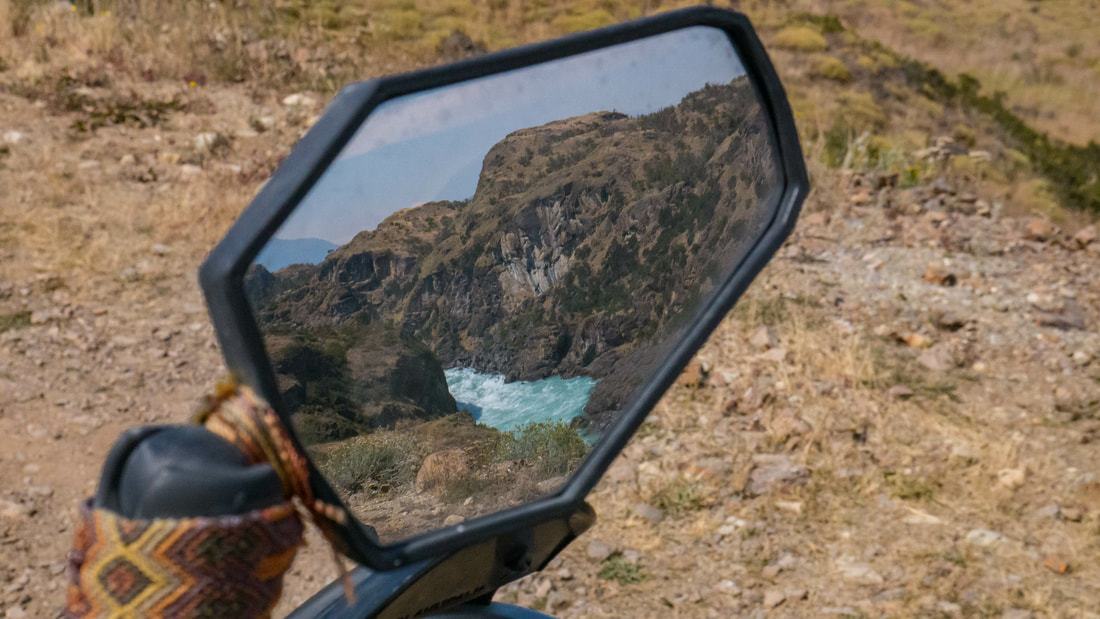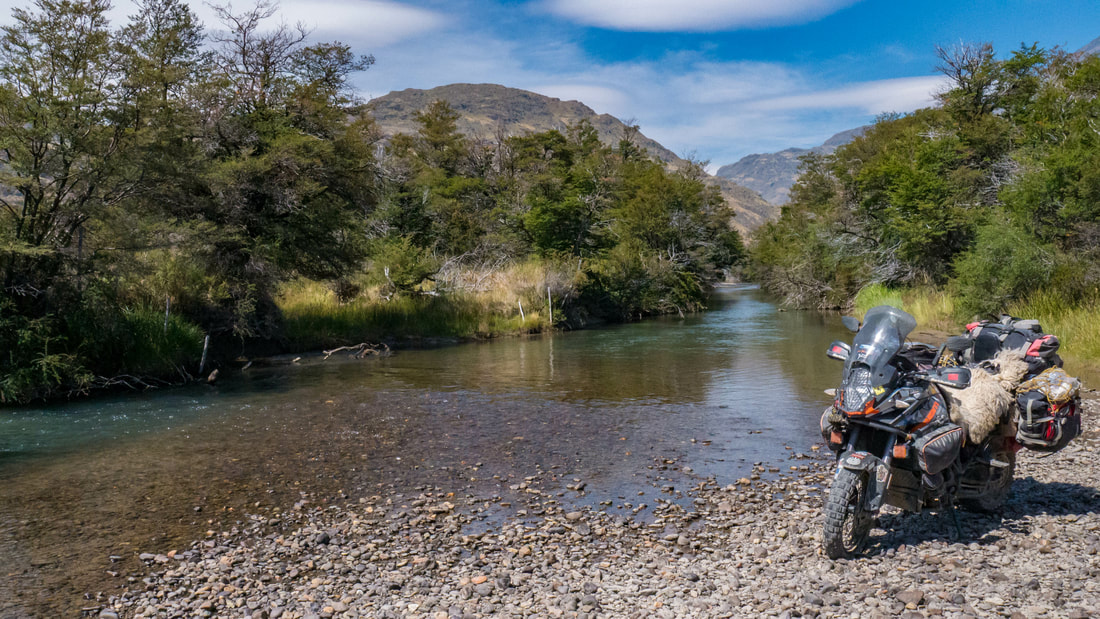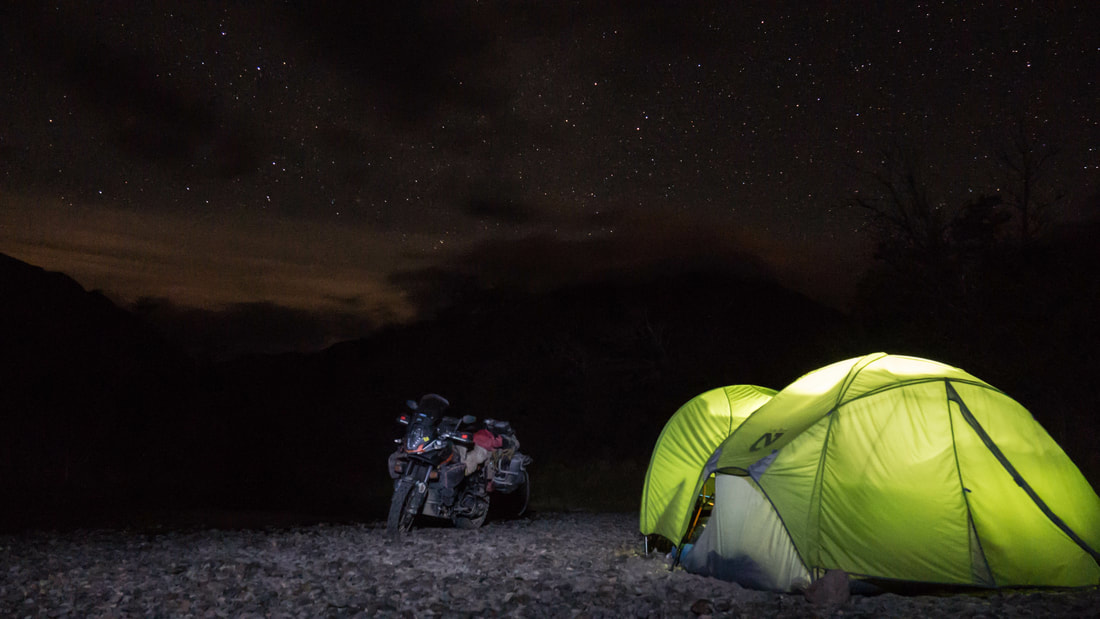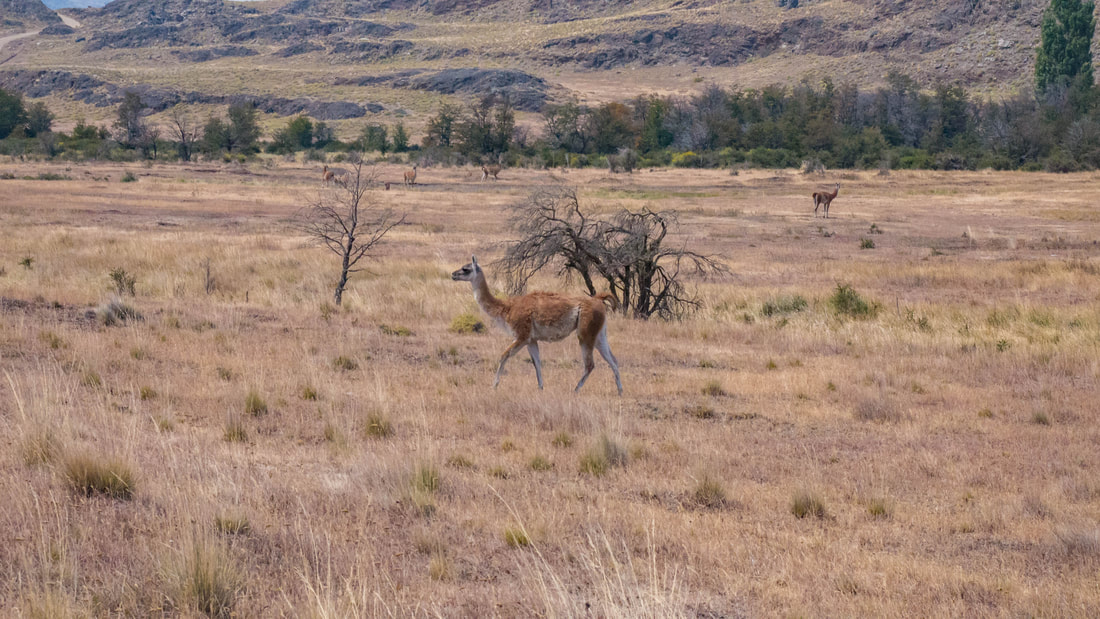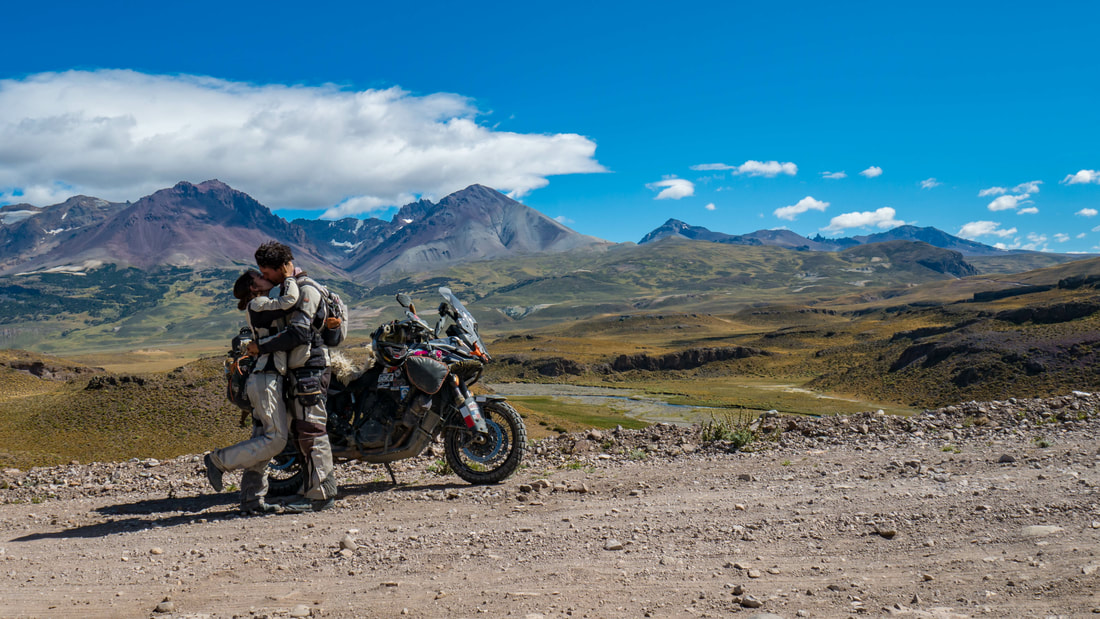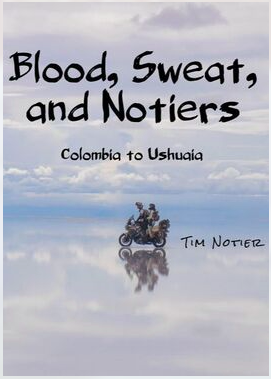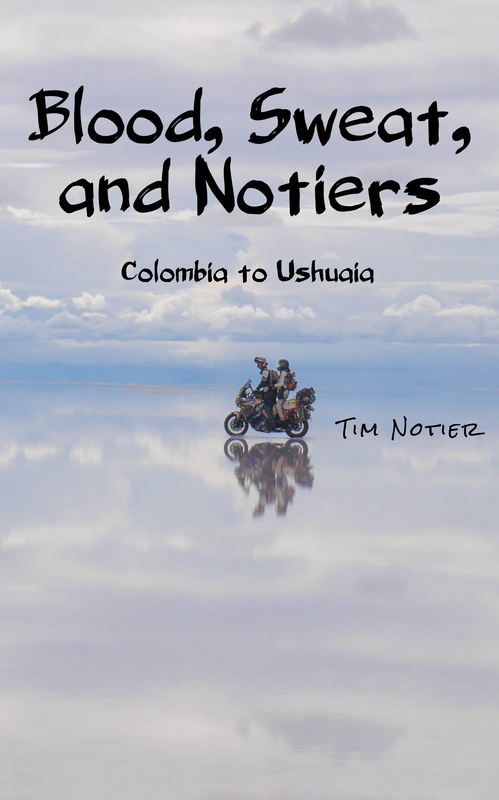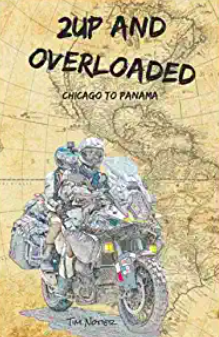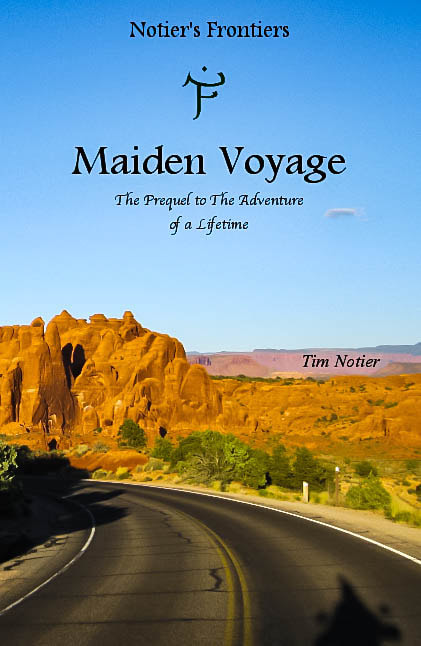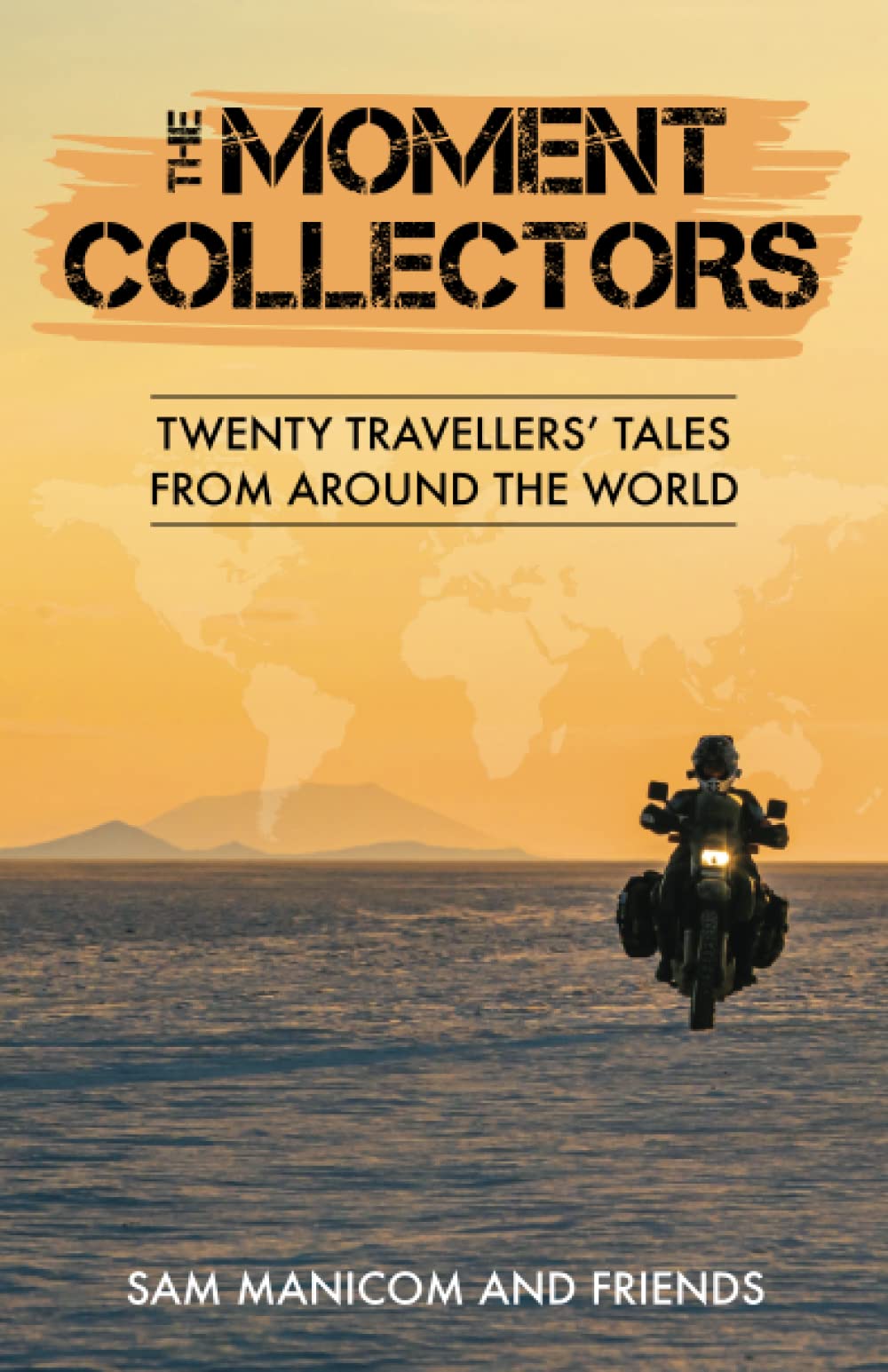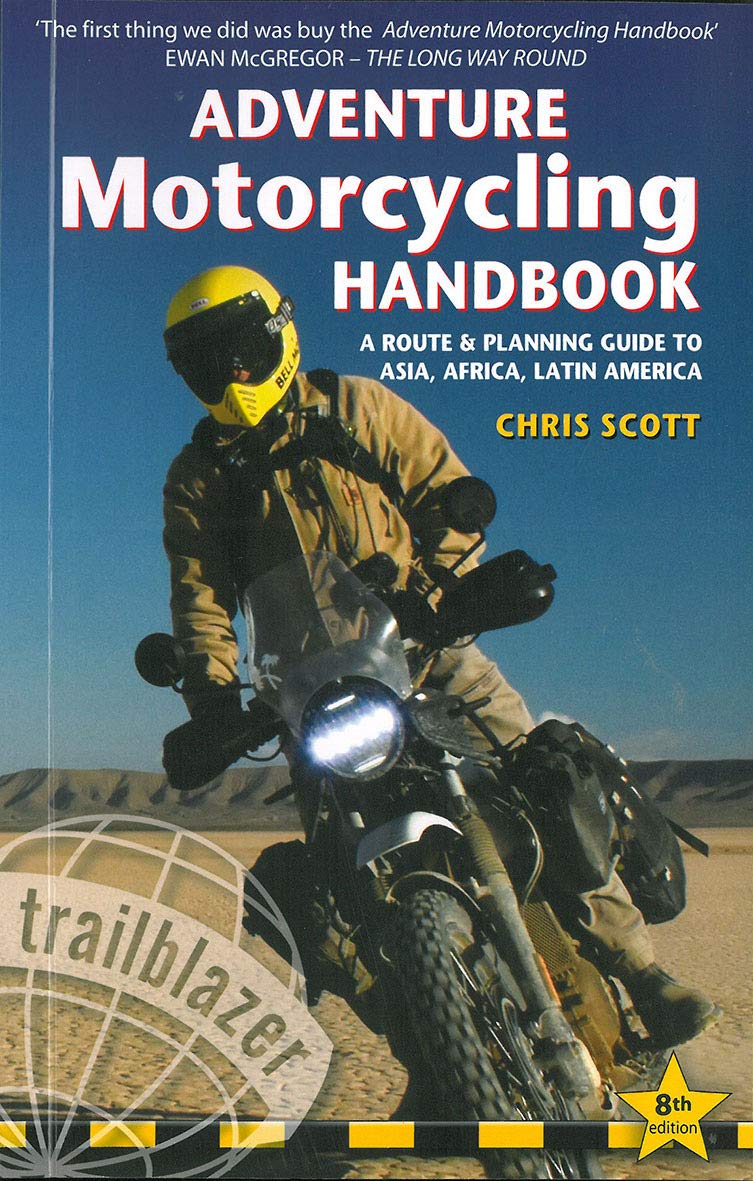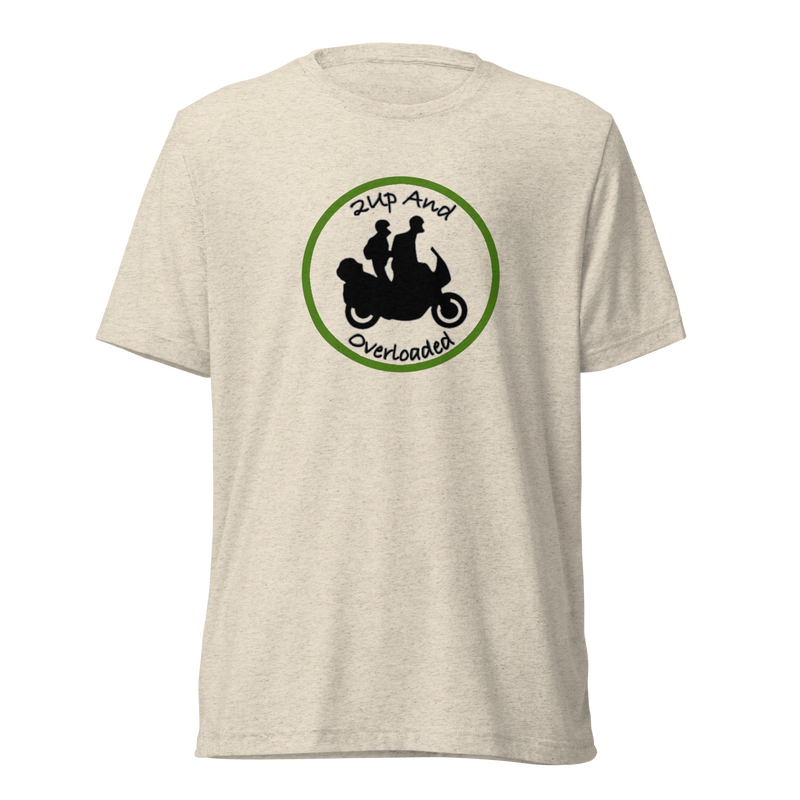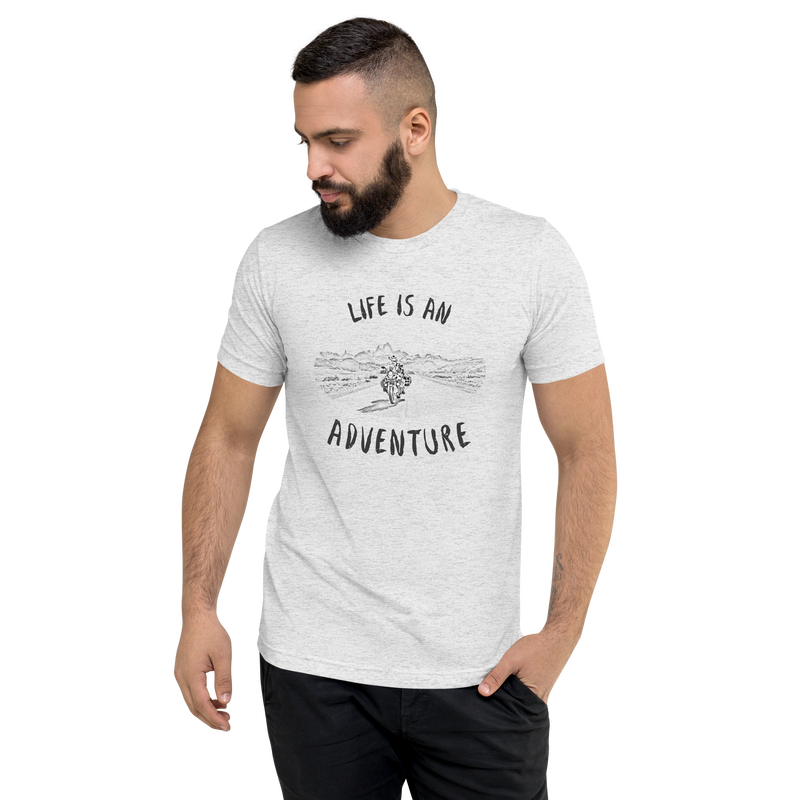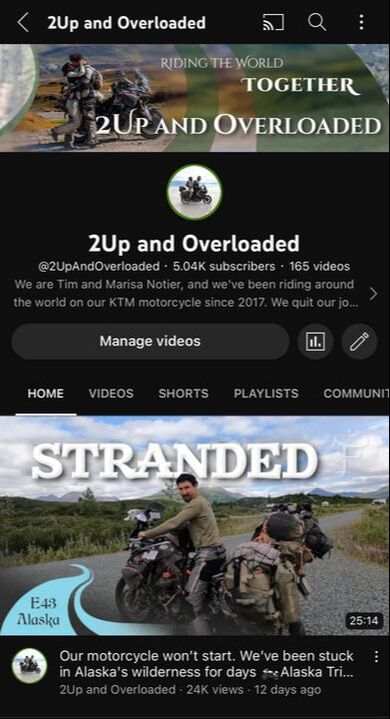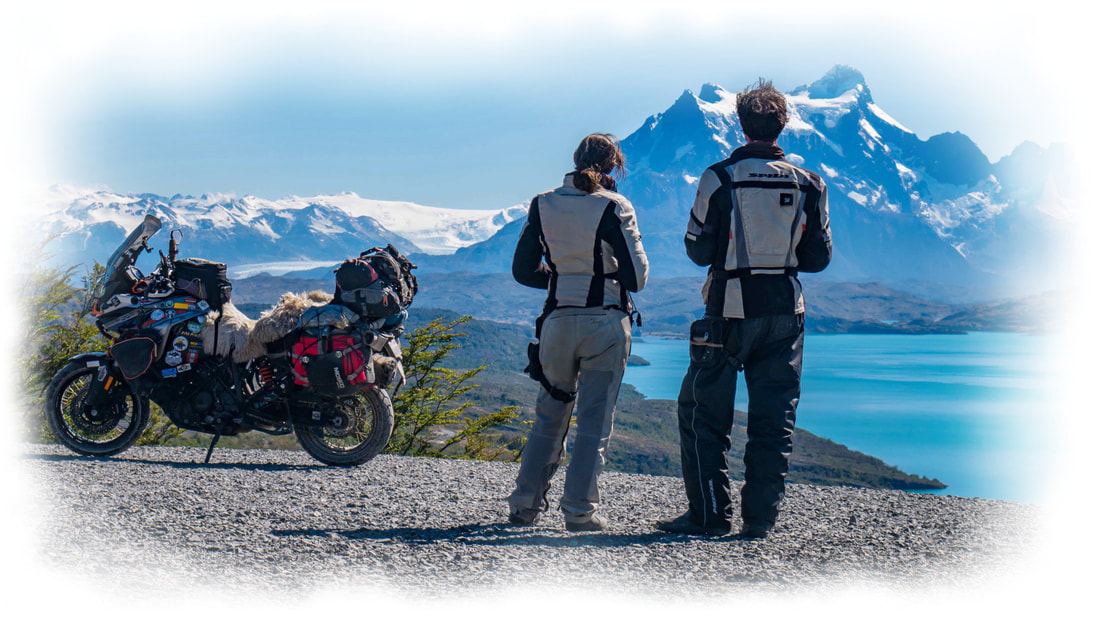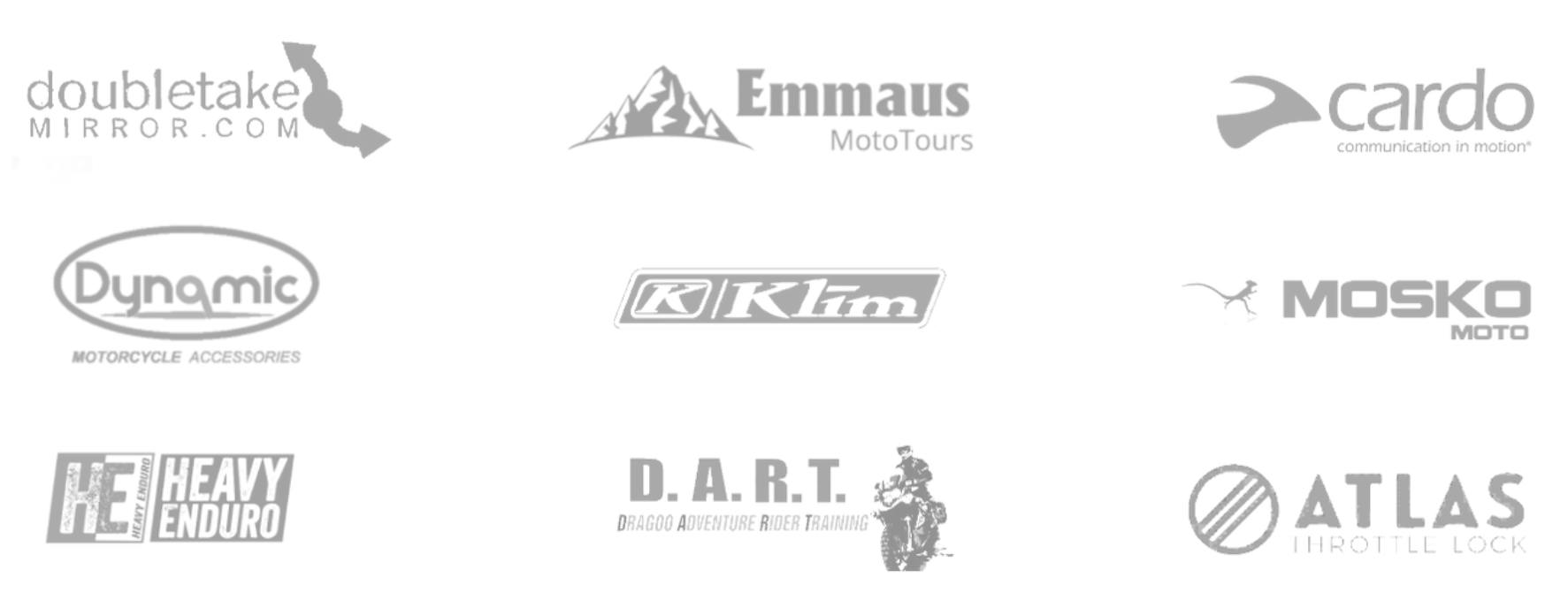By MarisaRiding along Chile's Austral Highway wasn't just my dream, it's been a dream of the Chilean people to connect the remote villages of western Patagonia since the 1950's. Completed in 2003, the highway is now called Route 7, or the Carretera Austral (meaning the southern highway), and it passes through mountains of snow, lakes of fresh glacial water, and it goes from temperate rainforests to desert bluffs in 770 miles (1,240 km) of weaving and winding paved bliss. Of course, we had to go. Getting to the Austral Highway from Santiago was the boring part. We took the straight-shot fast-paced super highway of Route 5 all the way down to Puerto Montt, and I think I took no pictures. Certainly there are more scenic ways to go, but as we were pressed for time (we wanted to be in southern Patagonia before summer ended), we decided to just go open throttle and get to the Austral as fast as we could. Luckily, we had amazing company: Jerry and Jet, an American/Filipino couple who met in Thailand and decided to pack up their belongings and travel South America via motorcycle together. They bought a KLR in Colombia, and have been on the road ever since. With the same end goal of Patagonia in mind, we all zipped along Route 5 together, finally reaching the beginning of the Austral at Puerto Montt. But because southern Chile looks like a modern art splatter of islands and misshapen land forms, there's almost more water out there than land, and our introduction to the Austral Highway actually took the form of two ferry-crossings. The first ferry between Caleta La Arena and Caleta Puelche was only a half-hour ride (7,200 Pesos/~$11), but the second one between Hornopirén and Caleta Gonzalo (8,400 Pesos for motorcycle + 5,600 Pesos for passenger pillion/~$21) took us four and a half hours. It was a long, wet journey, as this region is the rainiest part of Chile, so much so, that's it's considered to be a temperate rainforest. But all that rain made the surrounding mountains as emerald, lush, and mysterious as the forests of Oregon. By the time we disembarked and got our tires back on firm land, the sun was setting, and as if to greet us, it momentarily showed its face from behind the clouds to shimmer gold over the waters of Lago Río Negro and Lago Río Blanco. We stopped for a moment at an overlook to snap this picture of the Jurassic landscape of giant ferns and huge firs that now surrounded us. I breathed in the crisp, yet richly humid air, and knew that now we were truly on the Austral Highway. After spending the night in a cute cabin in the woods complete with a wood-burning stove to stave off the cold, the four of us set off the next day into the frigid rain. As we wound our way through the forest and hills, the rain tapered off, and by afternoon the sun was shining, though the verdant rainforest was gone. It had turned into drier stands of pine between outcroppings of granite, reminding me of the Black Hills of South Dakota. Unfortunately, this is where we split ways with Jerry and Jet since they didn't have camping gear, and we wanted to camp, especially now that the sun was out. But we're hoping that our paths will cross once again. For the rest of our time on the Austral we camped, and thankfully, it was blue skies and sunshine throughout. Douglas Tompkins is a famous name out here in Chilean Patagonia, as he was not only the founder of The North Face and Esprit outdoor equipment and clothing companies, but he purchased huge swaths of land in Chile which he later donated to the government to become national parks. All of us who take the Austral Highway and enjoy these wild and rugged mountains and lakes, free from trash and pollution, are absolutely indebted to this man's generosity. I can only imagine that the temptation was huge to exploit the land for oil, minerals, or development. And yet he decided to preserve it as it is, so that here in Patagonia you will find some of the most unspoiled and untamed stretches of wilderness on earth. Patagonia is also the least-populated area of Chile, so when we realized that we were mysteriously running low on oil, Tim was worried we wouldn't be able to find any. Luckily, the region's largest town, Coyhaique (koy-AI-kay), was not far. So we headed there and spent an afternoon talking with Willford, the amazingly-knowledgable frontman for MotoRentAdventure Patagonia tours. He told us where to get our oil, and then gave us the run-down of the local roads, which places to fill up on gas, and where to avoid. He seriously knew every road in southern Chile and Argentina, and was not only a wealth of information, but very nice too. If you are ever in the area and need help, or are looking to rent a motorcycle for your own Patagonian adventure, I can personally say I would recommend going here. With new oil in the beast, we were off again, this time to a place I had heard about years prior: the marble caves of General Carrera Lake. And though I'd seen pictures before, when we turned the corner in the road and were greeted with the sight of the lake, my breath got stuck somewhere in my chest and Tim and I immediately pulled over to take in the views. Because I doubt there is any body of water on earth more blue and stunning than this lake. From Puerto Rio Tranquilo, we hitched ourselves a boat ride to the marble caves for only 10,000 Pesos a person (~$15), and this tour may have been the highlight of my time along the Austral Highway. Though one would think the marble of these caves would be smooth, they actually had a naturally-formed chiseled texture, eaten away by the lake water, the wind, and rain. But the colors were what really took me by surprise, not just of the marbled whites, purples, greens, and blacks streaking the bizarre “cake frosting" shapes of the stone, but the blending between that and the iridescently-blue waters, it almost looked tropical. And yet, white-capped mountains ringed the borders of the lake. It was surreal. According to our guide, the lake's blue color is due to tiny refracting particles brought in by glacial runoff. And it turns out that General Carrera is not the only water in the region with this incredible color. Nearby Lago Bertrand, also stunningly-blue, is where we spent the night camped next to the Cochrane River, which was a turquoise color that was out-of-this-world. It looked like it was made of Kool-aid, but thankfully it wasn't, and we were told it had some of the purest water on earth. So of course we had to fill up our bottles with it, which was not something I felt comfortable doing, but sure enough, it was the best tasting water I've ever had. And Río Cochrane was no peaceful bubbling stream. This river was a white-water rafter's dream, and it was so intense, it created its own wake. We spent the afternoon sitting along the shores waving to groups of rafters as they screamed their way by us like they were on a Disney World ride. Unfortunately, there was a massive forest fire engulfing the area while we were there, making the skies hazy and the air difficult to breath. Several locals told us not to make any fires since supposedly it was a camper who had accidentally started it, but of course, we already knew not to have bonfires since there were signs everywhere of alto riesgo (high risk). Yet as we covered our faces that night from the smoke, we hoped things would be better the next day. By morning, the smoke had mostly cleared, and we were excited and also sad since this was going to be end of our Austral journey. Actually, we weren't going to complete Route 7, since the highway goes all the way down to the town of O'Higgins, but dead-ends there. So in order to continue our way south, we took the gravel road through Patagonia National Park and into Argentina. It was here that the forests waned into the rocky grasslands that the eastern side of the Andes is known for. But within the park, mountains still surrounded us, some with bits of snow on top, and we found a perfectly placid stream to camp beside. It was idyllic, all except for the fresh puma tracks we found in the river mud. Yeah, there are definitely pumas out there. Luckily we didn't get eaten by any, so that's good. We crossed into Argentina at the Roballos border the next day, and while watching the reddened mountains fade in our rear-view mirror, we have since been in the windy plains of desolate towns and straight roads. We hit Route 40, and rode through the grasslands at a neck-bracing slant, all the while passing grazing guanacos (wild llama ancestors) and rheas (giant ostrich-like birds, called ñandú in Spanish). Our destination now is the town of Ushuaia at the very tip of South America: the end of the world. It's the most southern point on earth that you can get to by road, and we're hoping to see some glaciers, and if we're lucky, even a penguin. We'll keep you updated on facebook, instagram, and of course here on our blog. Until next time... Read the entire South American Story in Detail: |
Follow UsRide with us from Chicago to Panama!
2Up and Overloaded Get inspired by the tale that started it all:
Maiden Voyage 20 author's tales of exploring the world!
The Moment Collectors Help us get 40 miles further down the road with a gallon of gas!
Become a Patron for early access to our YouTube Videos!
Subscribe to our YouTube Channel!
Subscribe to our Blog by Email
|
2Up and Overloaded
Join our clan of like-minded adventurers...
Proudly powered by Weebly
Designed by Marisa Notier

